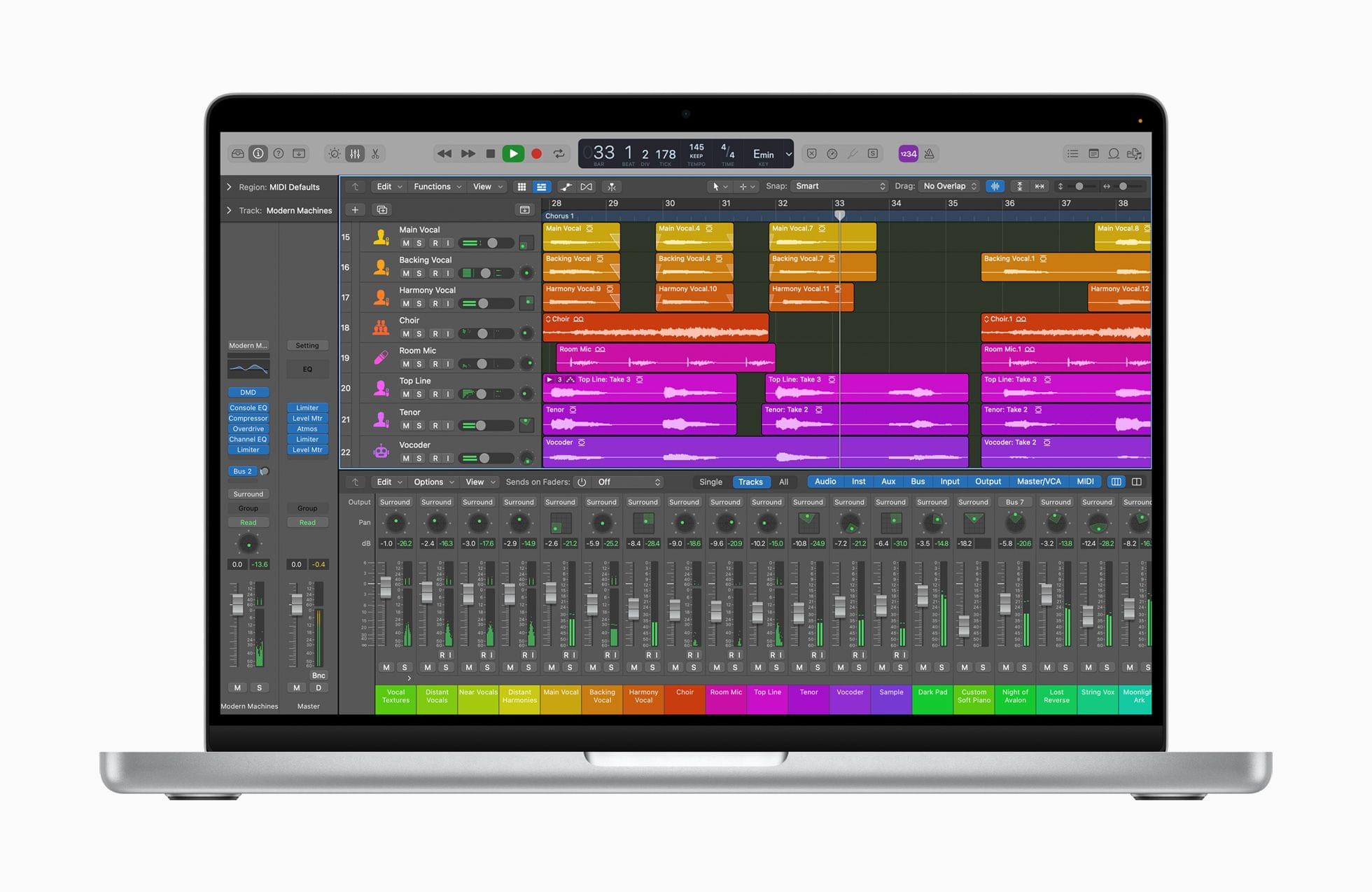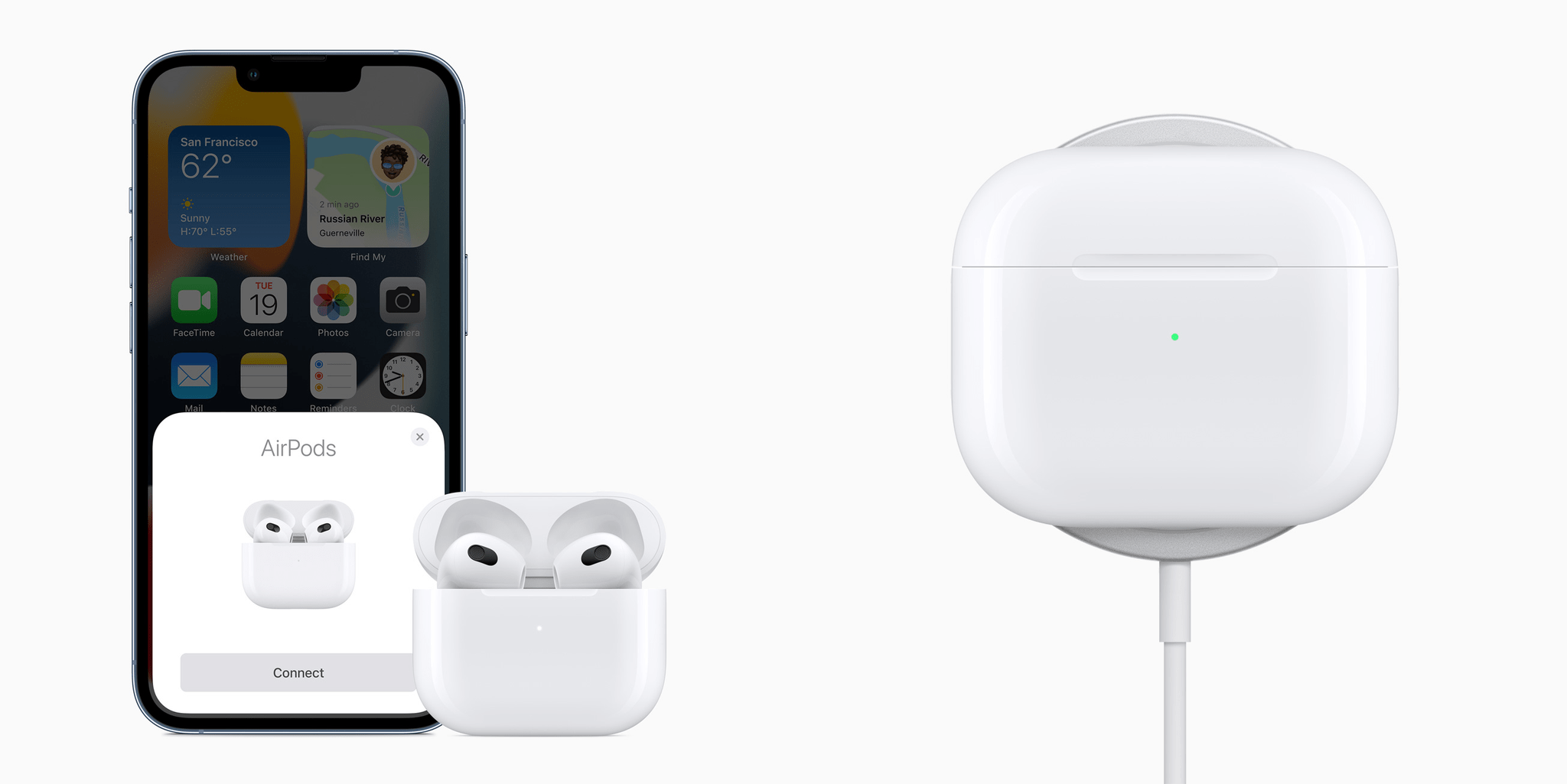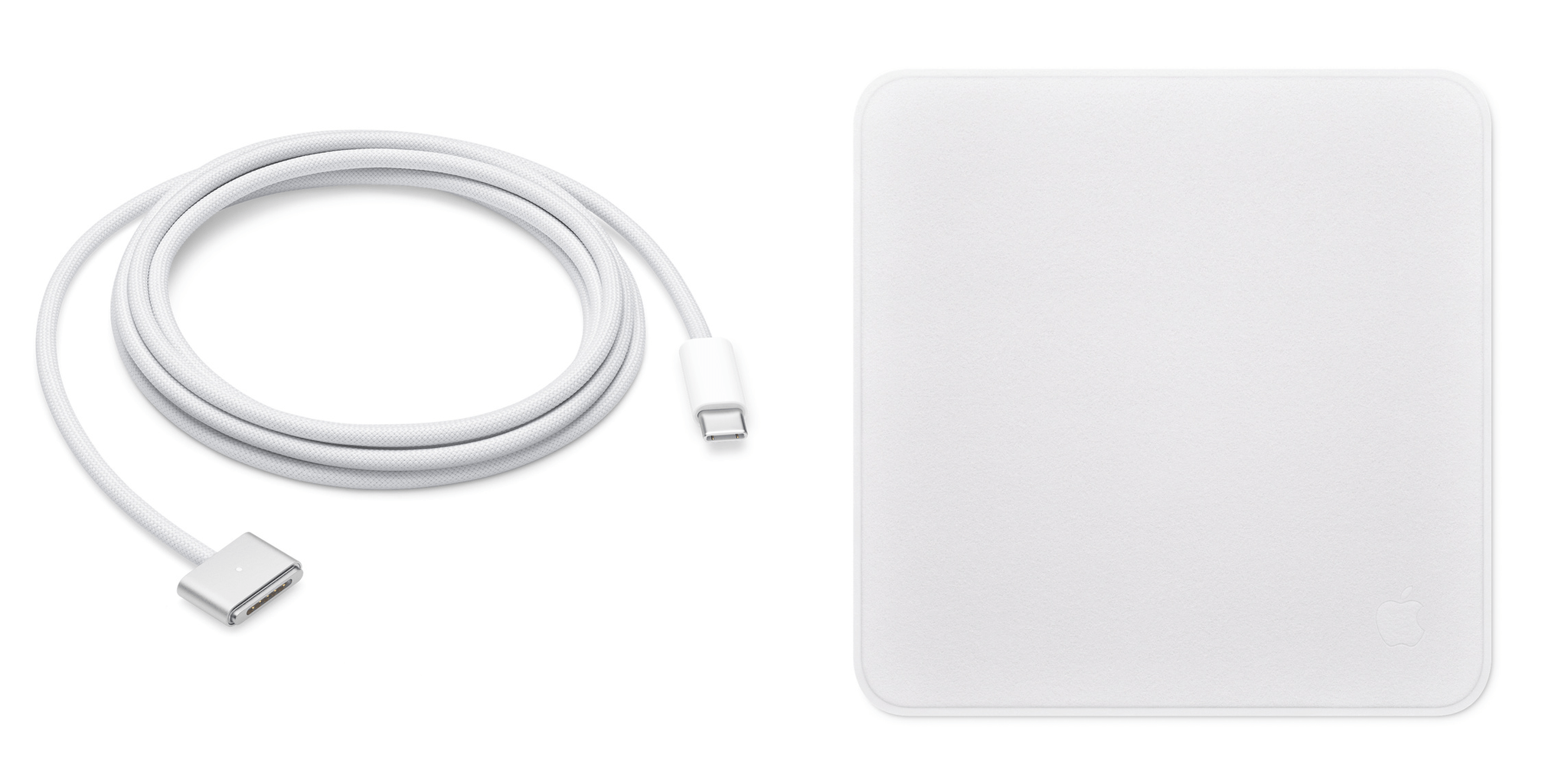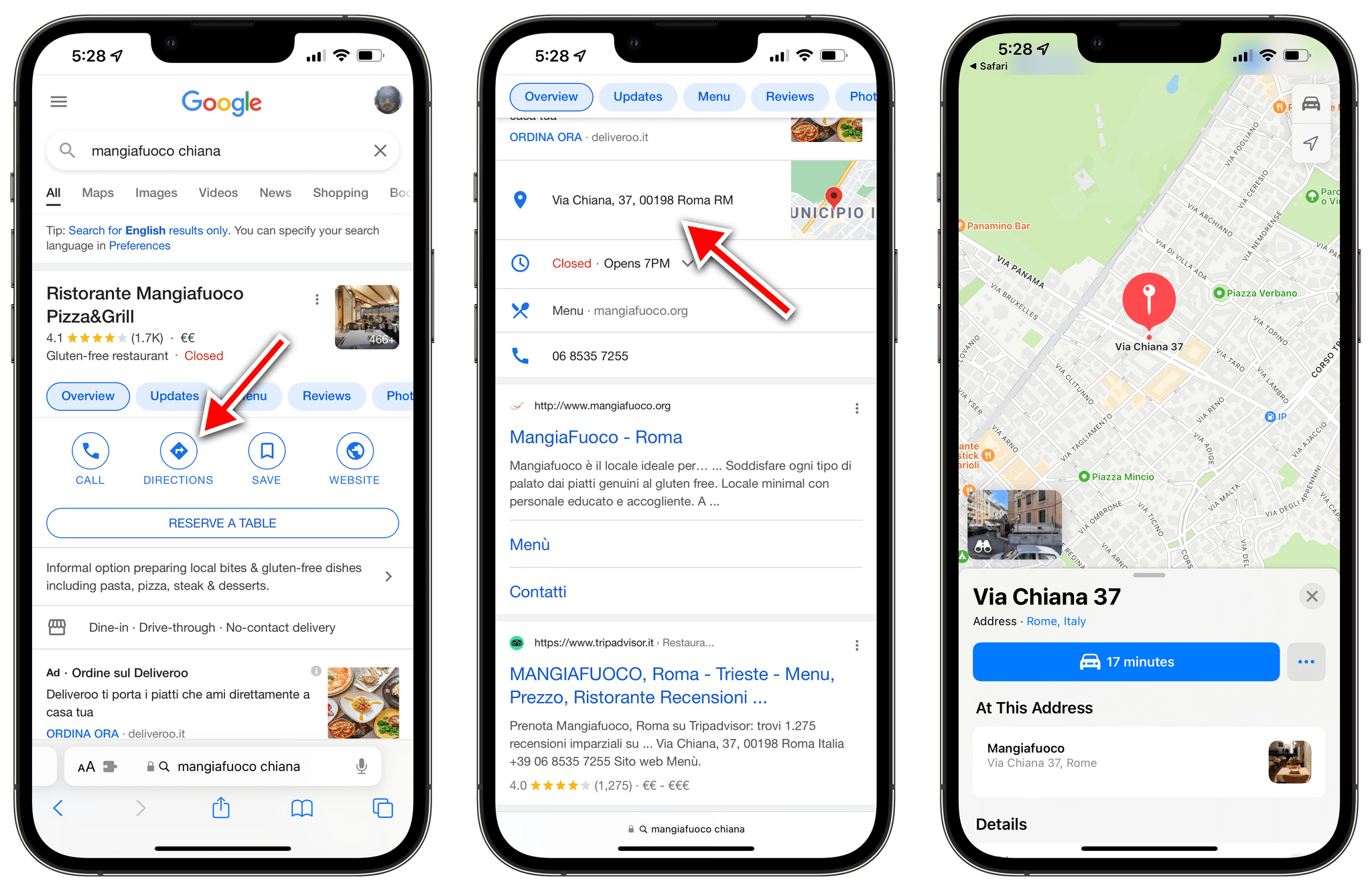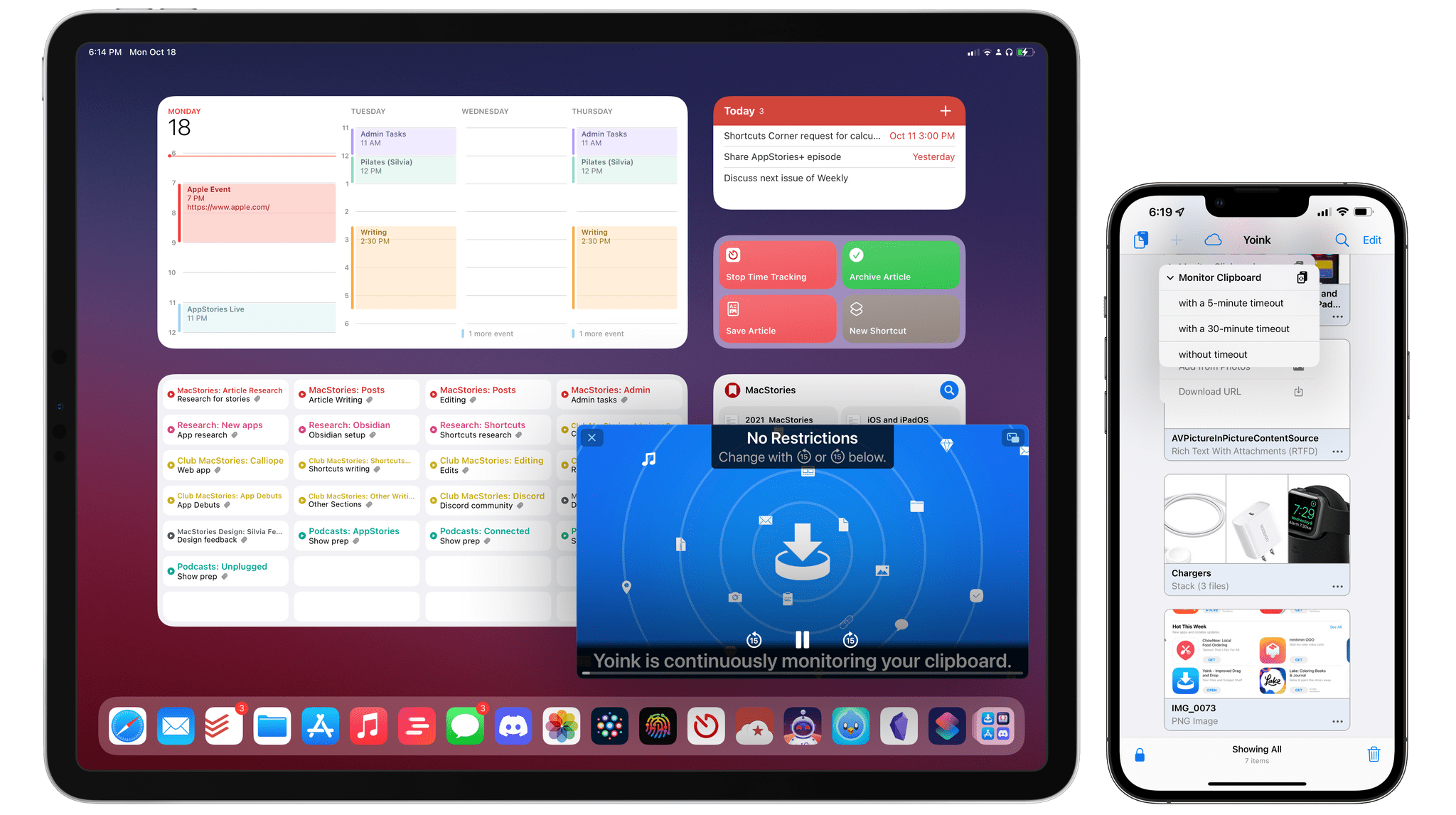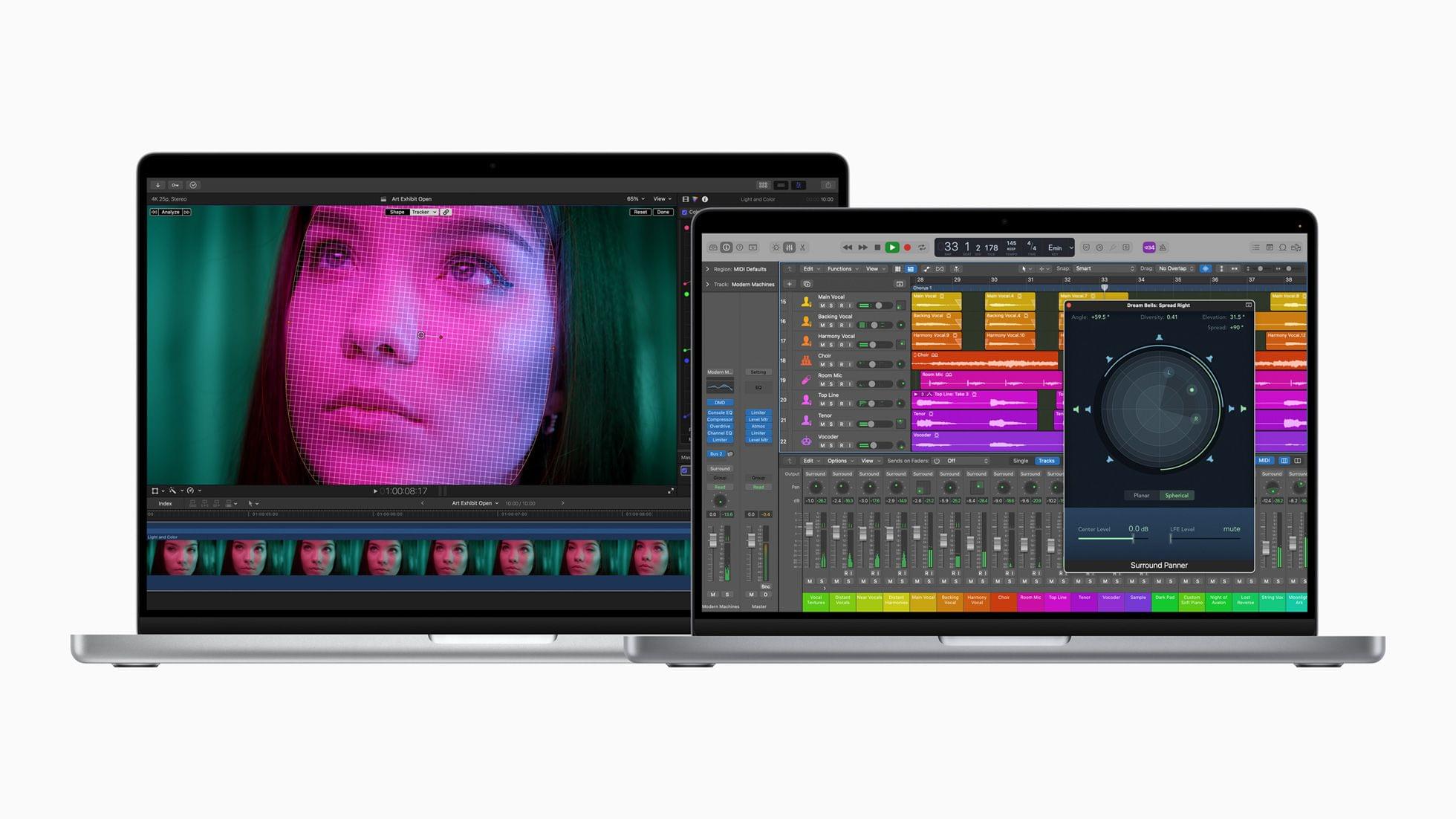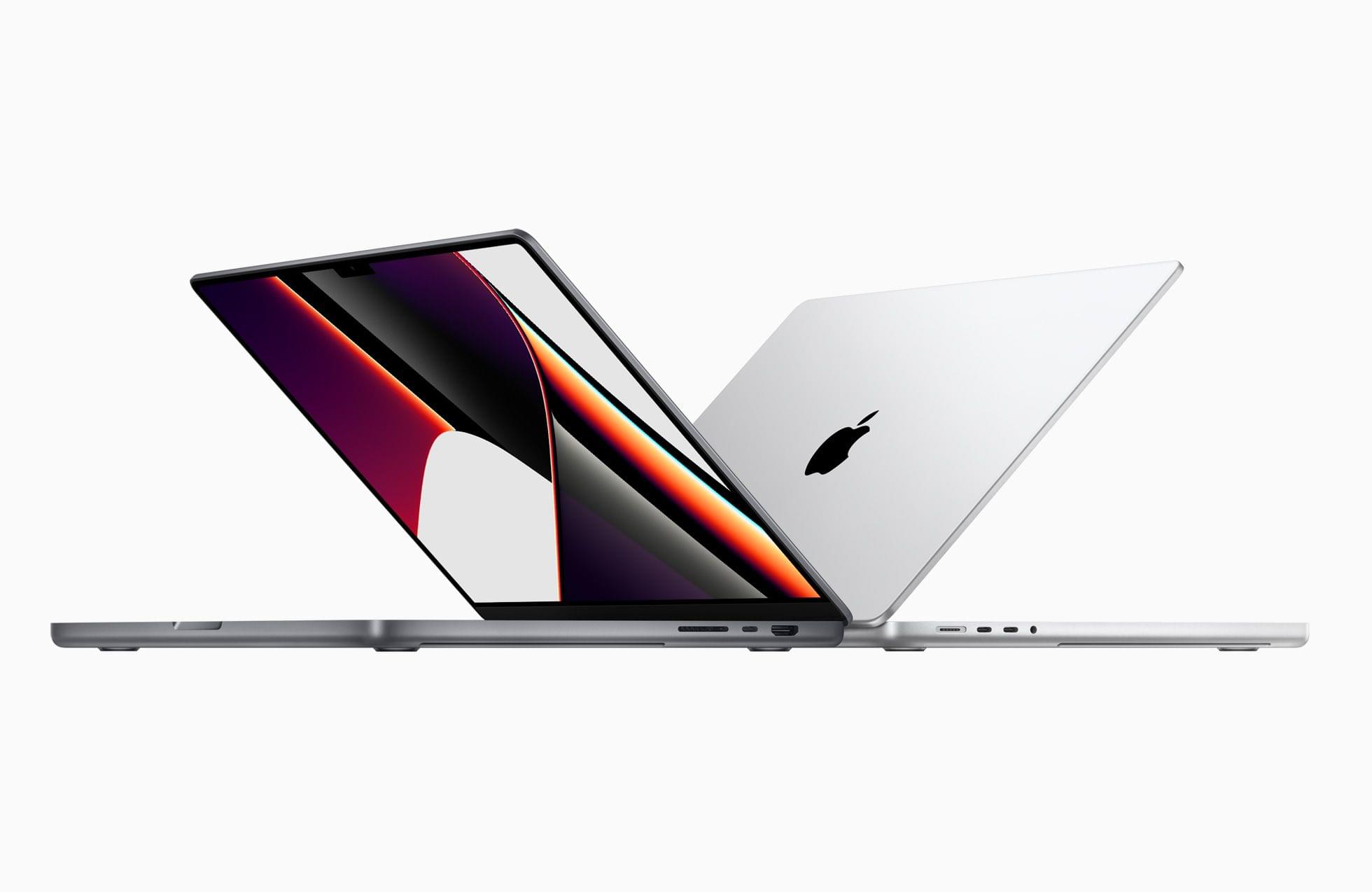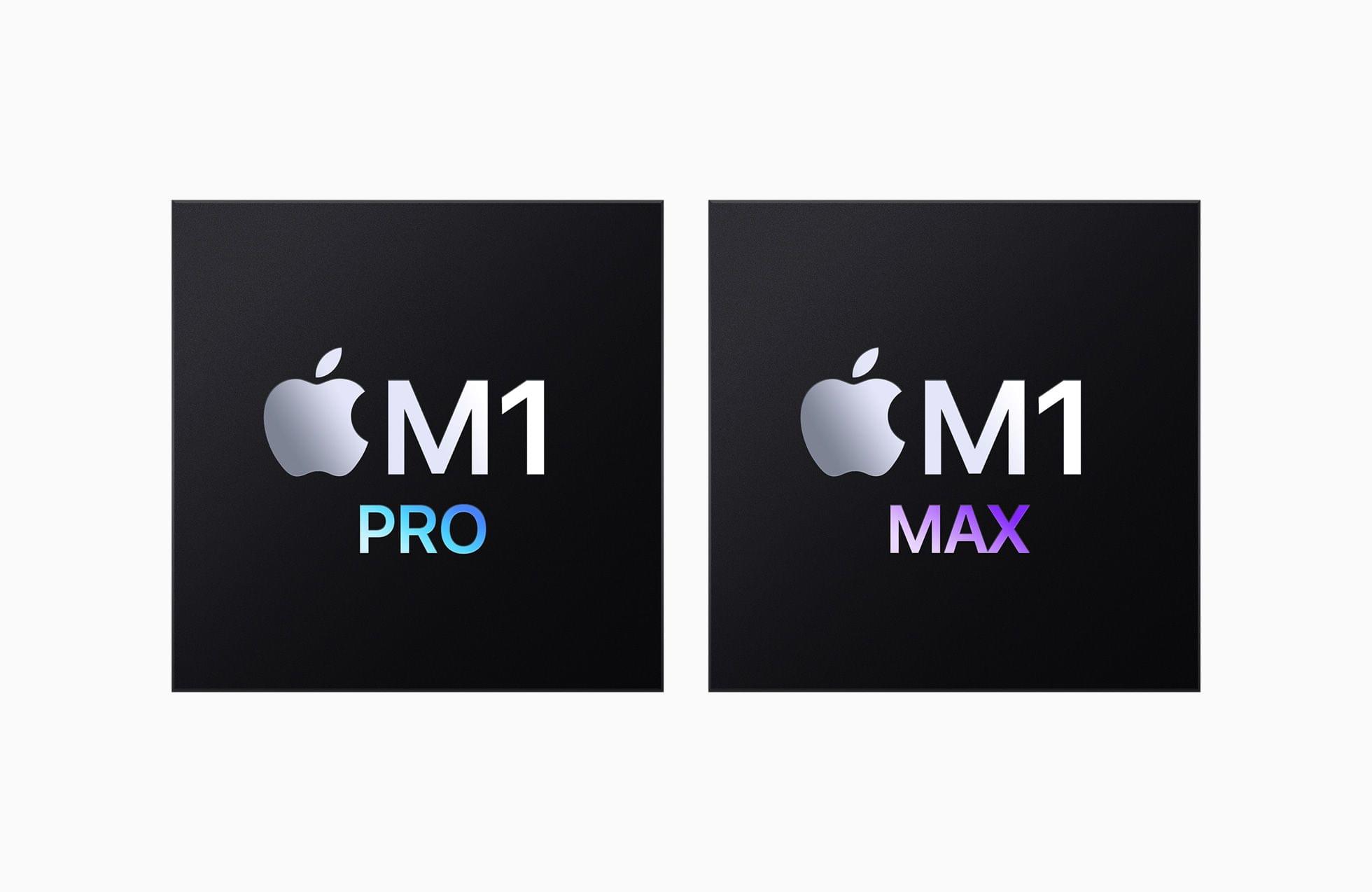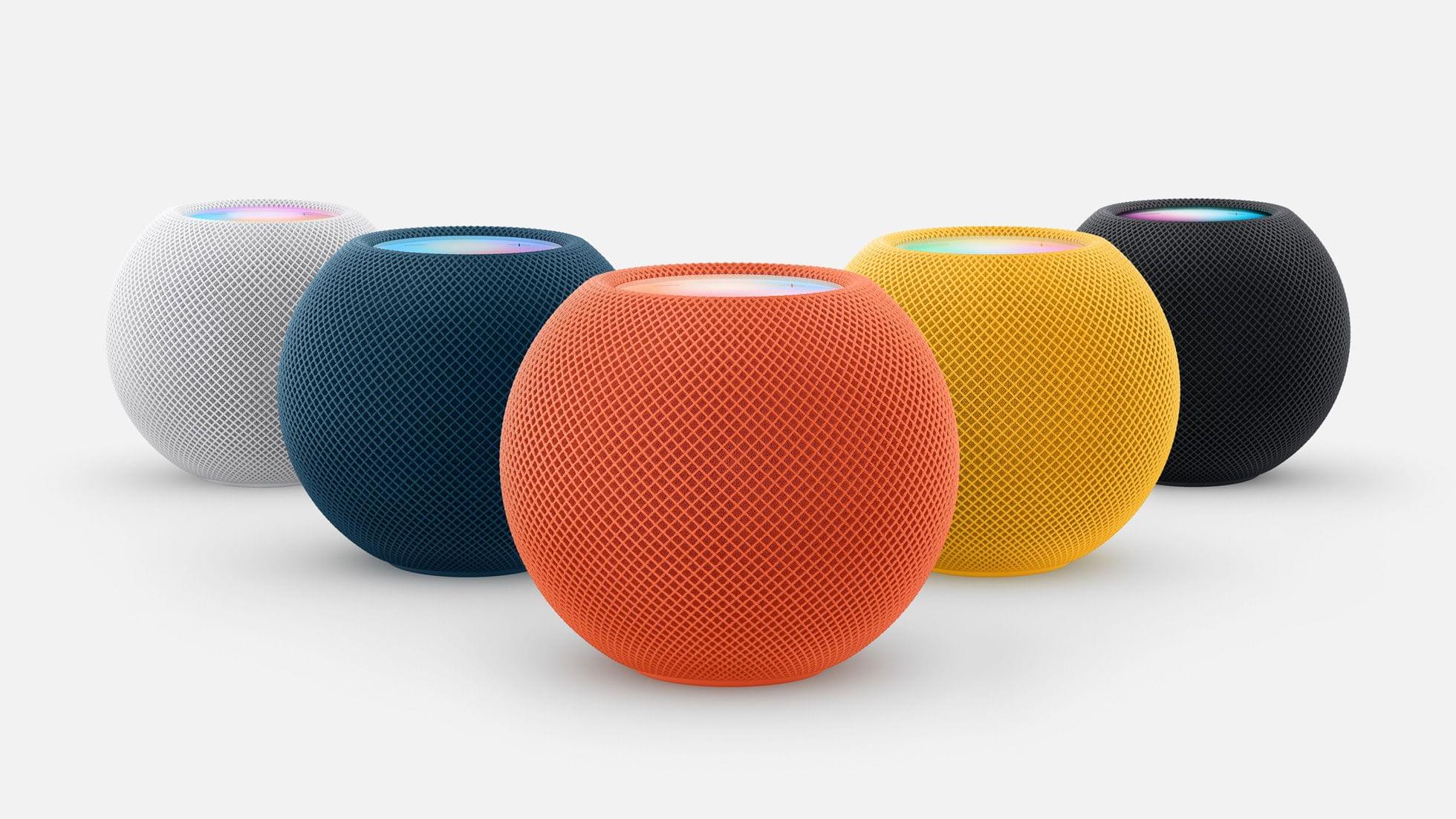Yesterday, Apple covered a lot of ground quickly, and as usual, more details have emerged in the aftermath of the event. We’ve been combing apple.com, Twitter, and other sources to learn more about the new MacBook Pros, AirPods 3 and more, which we’ve collected below:
MacBook Pro
- According to TechCrunch Editor-in-Chief Matthew Panzarino, the 14” MacBook Pro can fast charge using a Thunderbolt port, while the 16” model only fast charges via MagSafe 3.
- Jason Snell explained on Twitter that the difference is likely the result of the USB-PD charging spec.
- Battery life is a function of what you do with your laptop and The Verge’s Mitchell Clark takes a critical look at Apple’s battery life claims, putting them in perspective
- Apple’s 140W USB-C Power Adapter, which the company sells for $99, is its first GaN charger according to MacRumors’ Joe Rossignol.
- You can purchase a two-meter USB-C to MagSafe 3 cable from Apple for $49
- As MacRumors reported and screenshots in Apple’s press releases suggested, the MacBook Pro’s notch is hidden in full-screen mode by a black bar.
- Speaking of the notch, Apple’s Serenity Caldwell tweeted yesterday that there is new HIG documentation for developers looking to design for the menu bar on the new MacBook Pros.
- As MacRumors’ Juli Clover explains, the MacBook Pro’s HDMI port is HDMI 2.0, which supports a single 4K display at 60Hz, which is disappointing since HDMI 2.1 supports a 120Hz refresh rate.
- There’s a striking resemblance between the new Silver MacBook Pro and the Titanium PowerBook G4
- The M1 Max’s memory bandwidth (400GB/s) is nearyly as fast as the PS5’s (448GB/s)
AirPods 3
- Tim Hardwick at MacRumors reports that listening to spatial audio reduces the life of the battery in the AirPods 3 from 6 to 5 hours
- AirPods 3 require iOS and iPadOS 13 and later.
- As MacRumors noted, Apple has broken out AirPods on its website, giving it a tab that is separate from TV & Home
Everything Else
- The latest betas of iPadOS and macOS have brought back standard Safari tabs, relegating the compact mode to Safari’s preferences as Steve Troughton-Smith discovered
- Originally an exclusive Pro Display XDR accessory, now you too can own an Apple Polishing Cloth suitable for all of your Apple device screens for just $19. Coming soon, ‘Apple Polishing Cloth: The MacStories Review’
- macOS Monterey’s Universal Control is coming later this fall, according to Parker Ortolani
- Likewise, SharePlay and Photos Memories have also been pushed to later this fall in macOS Monterey



